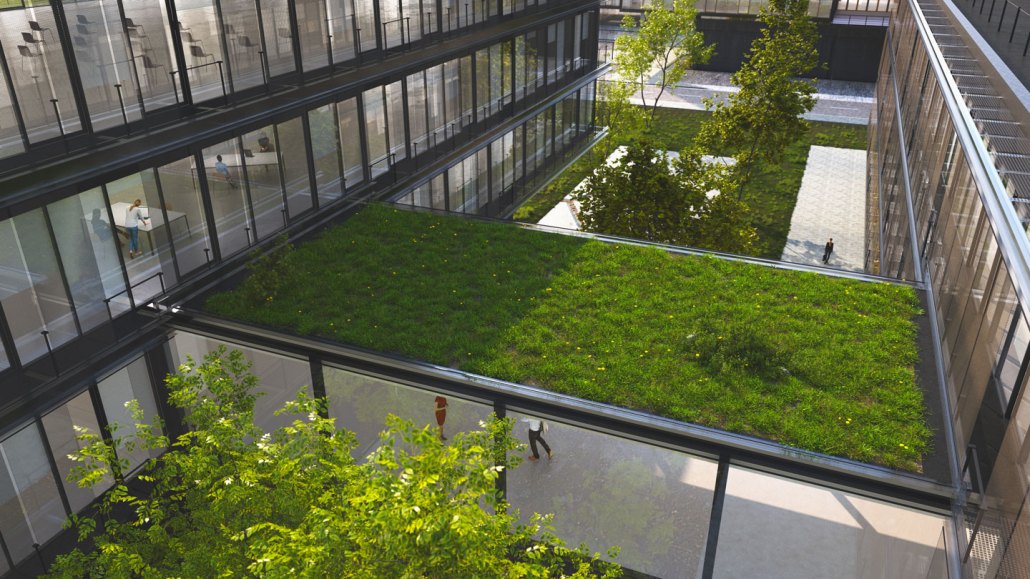Many plans for green infrastructure risk leaving vulnerable people out
U.S. city governments need to make projects more inclusive, researchers say

Many U.S. cities are turning to green infrastructure, such as the rooftop gardens illustrated here, to adapt to climate change. But planning processes often fail to include the people in communities targeted for upgrades, a new study finds, which risks making inequalities worse.
piranka/E+/Getty Images Plus